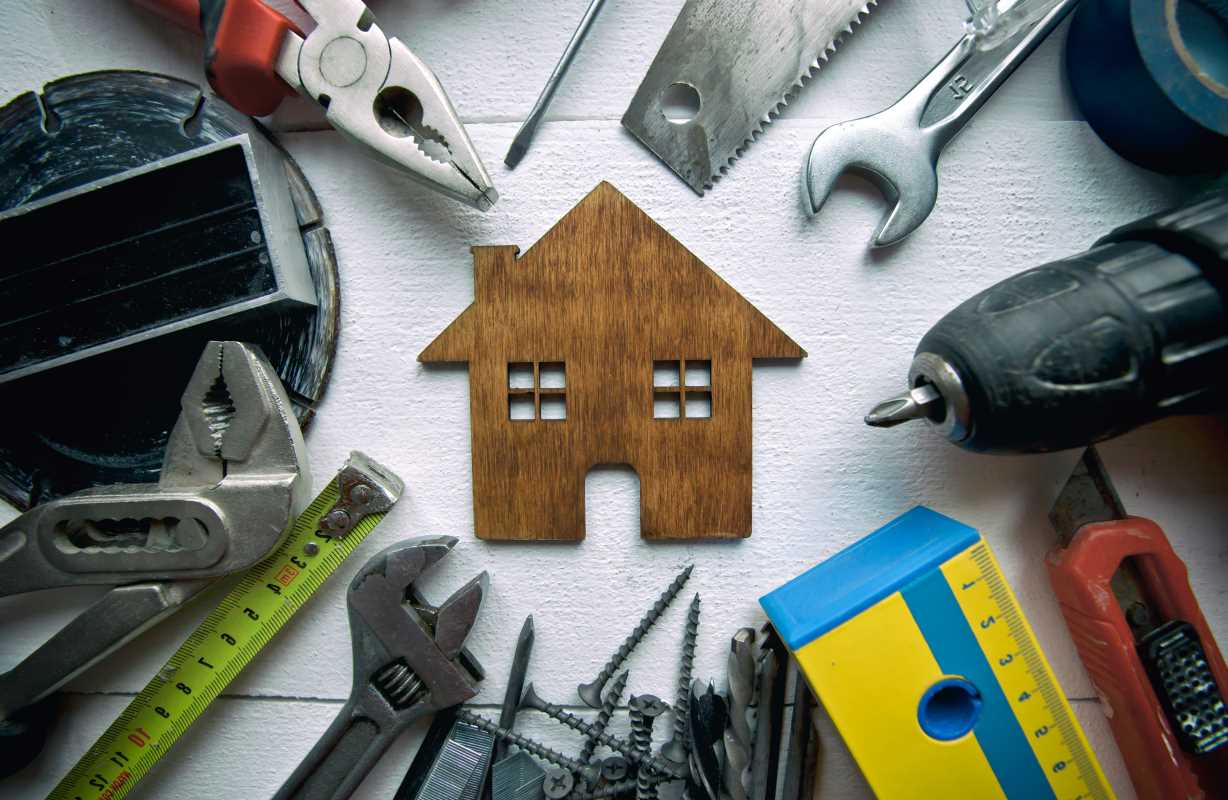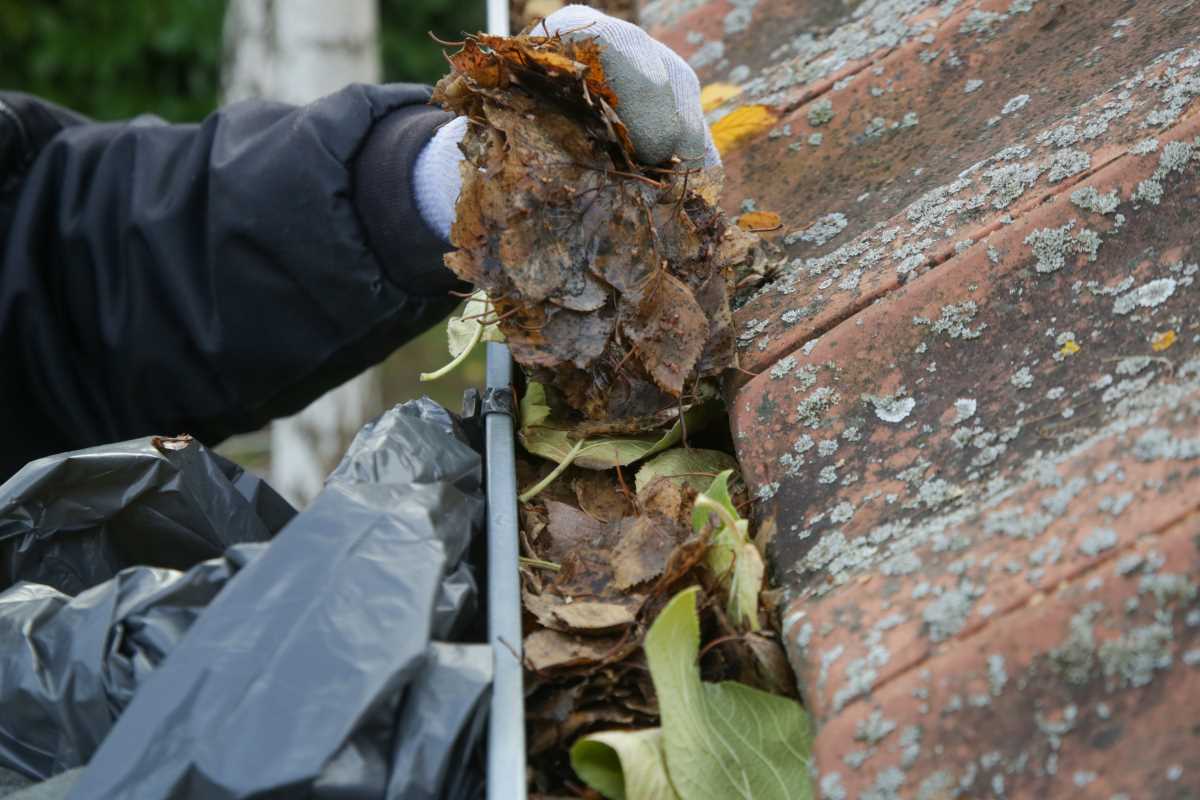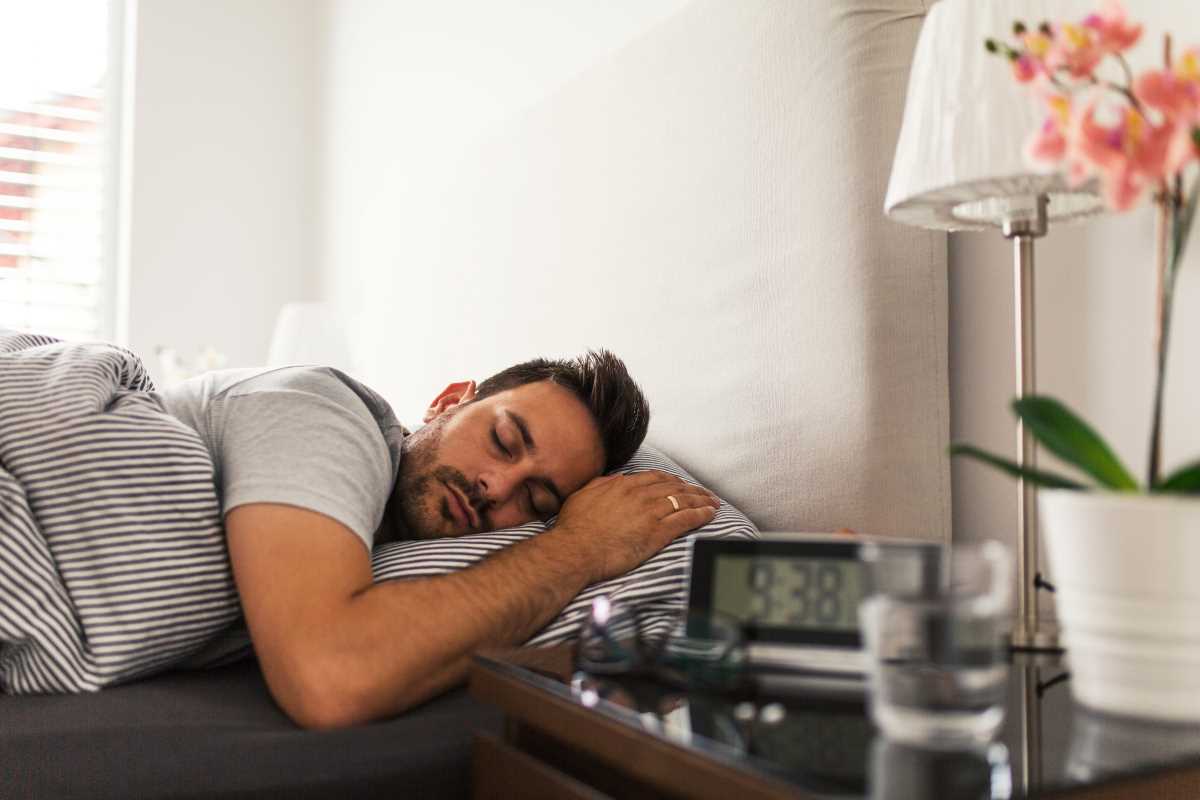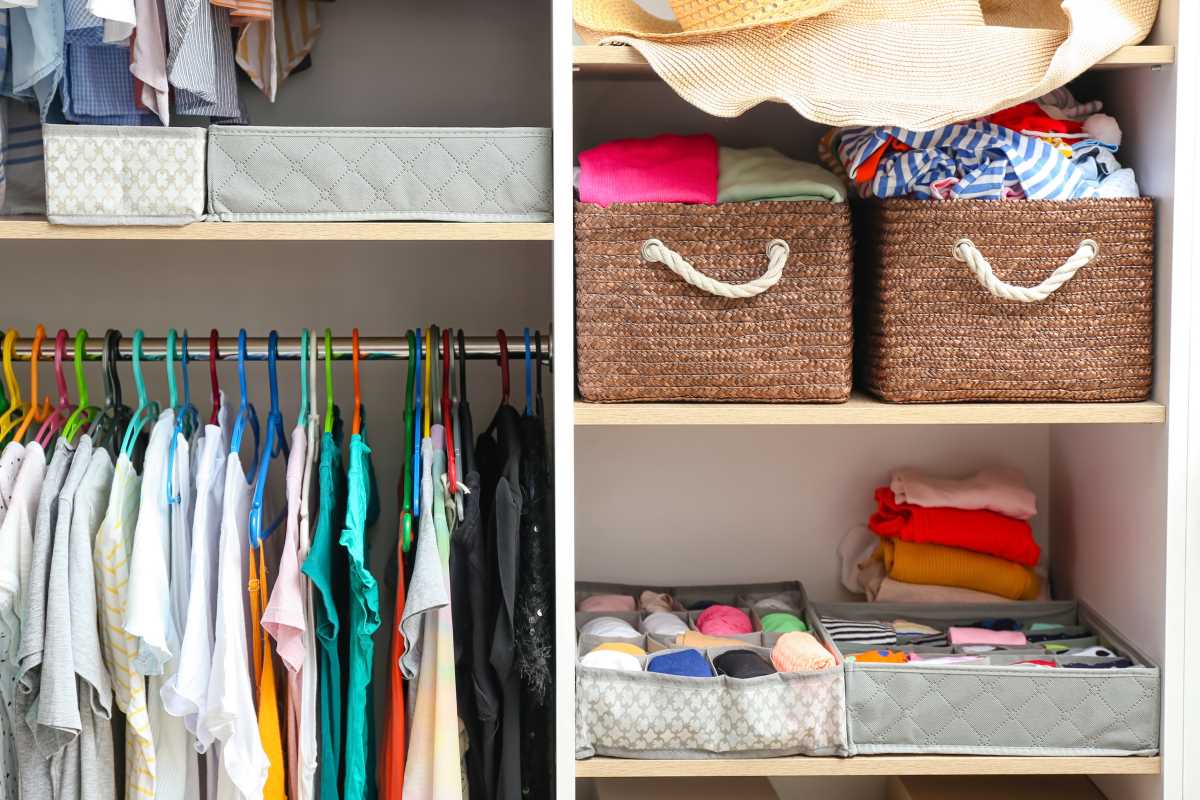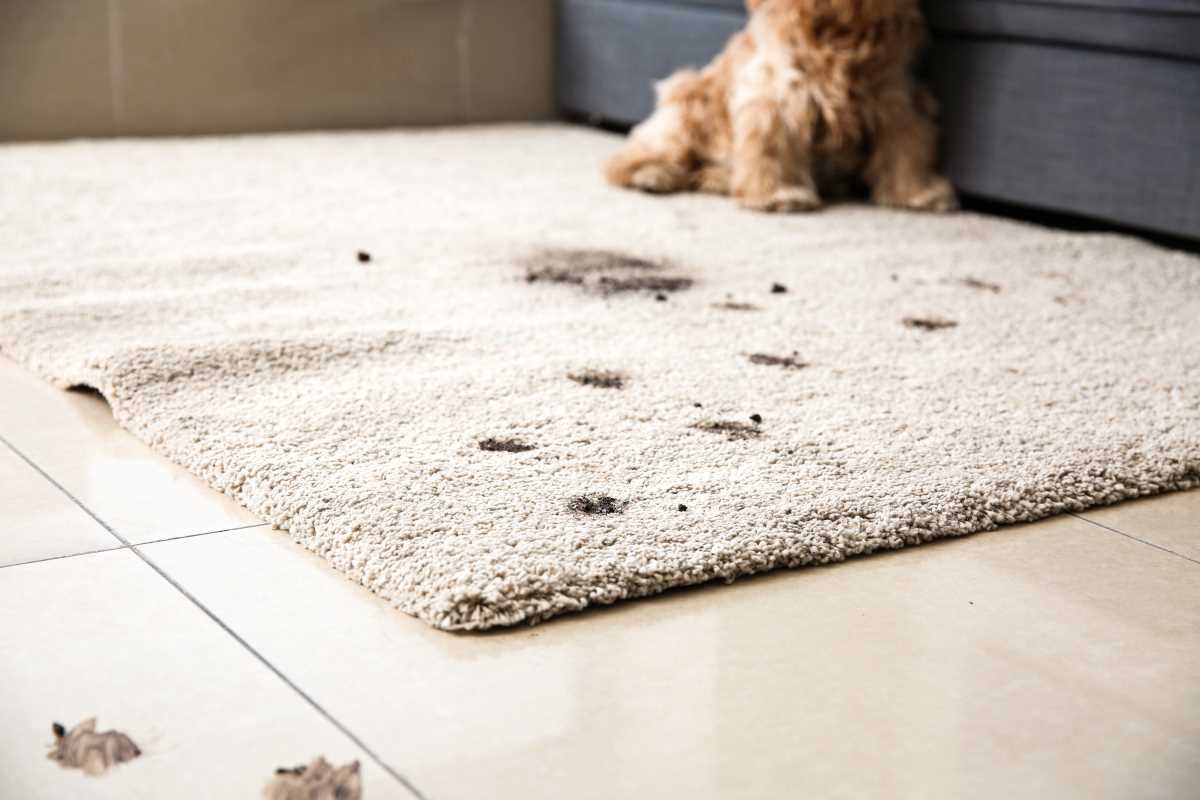Summer is synonymous with family barbecues, pool days, and unfortunately, sweltering heat. A reliable air conditioning system can make all the difference, transforming your home into a cool haven. But keeping your AC in peak condition doesn’t have to be a daunting or expensive task. With a little proactive care, you can enjoy a comfortable summer while keeping energy costs in check.
This comprehensive guide covers simple maintenance tips, energy-saving strategies, common AC problems and solutions, as well as the many benefits of regular upkeep. Whether you’re a busy parent or someone who wants to avoid surprise repair bills, these insights will make a big difference.
1. Replace or Clean Air Filters Regularly
Air filters are your AC’s first line of defense against dust, allergens, and debris. However, when neglected, clogged filters can reduce airflow and force your system to work harder, resulting in higher energy bills and potential breakdowns.
Why It Matters
Dirty filters can lead to poor indoor air quality, aggravating allergies and respiratory issues, particularly for kids or older family members. Additionally, an overworked AC is less efficient, shortening its lifespan.
- When to replace: During peak summer months, inspect your air filter every 30 days. Most filters need changing every 1-3 months, although homes with pets or high traffic may require more frequent attention.
- Reusable filters: If your system has reusable filters, clean them monthly. Remove the filter, wash it with mild soap and warm water, and allow it to dry completely before reinserting.
Helpful Tip
Stock up on replacement filters at the start of the season so you’re always prepared. Filters are relatively inexpensive but can save you significant costs on energy bills over time.
2. Clean the Vents and Registers
Vents and registers tend to be overlooked in home maintenance routines, but they are vital for proper airflow and efficient cooling. Dust and dirt can accumulate in these areas, restricting airflow and causing your AC system to work harder.
Steps to Clean Them Properly
- Vacuum regularly: Use a vacuum cleaner with a hose attachment to remove accumulated dust from vent grilles.
- Deep cleaning: For stubborn grime, use a damp cloth to wipe down the vents.
- Check for blockages: Ensure furniture, curtains, or toys aren’t obstructing airflow. Even a partially blocked vent can reduce system efficiency.
By keeping vents clean, you’ll not only improve airflow but also prevent dust and allergens from recirculating in your home.
3. Check the Outdoor Unit
Your outdoor unit, known as the condenser, is key to your AC’s performance. If it’s covered in debris or restricted by nearby objects, your entire system will struggle to cool your home effectively.
What to Do
- Clear the area: Maintain a 2-3 foot clearance around the unit. Trim bushes, remove leaves, and relocate any outdoor furniture blocking airflow.
- Clean the coils: Use a garden hose to gently spray dirt off the condenser coils. Avoid using a pressure washer, as the strong stream can bend the delicate fins.
- Inspect for damage: Look for bent or damaged fins and straighten them with a fin comb if needed.
Pro Tip
Consider installing a mesh barrier or condenser pad to protect your unit from heavy debris, leaves, or grass clippings without restricting airflow.
4. Inspect and Seal Ducts
Air ducts distribute the cooled air throughout your home, and leaks in this network can waste significant energy and reduce cooling efficiency.
How to Identify and Fix Leaks
- Check for leaks: Inspect ducts in your attic, basement, or crawl spaces for visible tears or holes. Feel for cool air escaping from gaps as the system runs.
- Seal leaks: Use duct tape or mastic sealant to close gaps and reinforce connections. For larger issues, consider professional duct sealing services.
Sealing ducts can improve your HVAC efficiency by as much as 20%, instantly saving on energy costs.
5. Set Your Thermostat Wisely
Your thermostat settings greatly influence your AC’s energy usage. A few adjustments can go a long way in conserving energy while keeping your home comfortable.
Best Practices
- Optimal temperature: Aim for 78°F when you’re home. Raise the temperature 7-10°F when you’re away for prolonged periods to save energy.
- Use a smart thermostat: Upgrade to a programmable or smart thermostat that adjusts temperatures based on your schedule. Some models even provide energy usage reports.
Extra Energy-Saving Tips
Close curtains or blinds during the hottest part of the day to block excess heat from entering your home, making it easier for your AC to maintain cooler temperatures.
6. Schedule Professional Maintenance
While DIY maintenance is crucial, professional servicing ensures your AC remains in optimal condition. A trained technician can spot and fix issues you might overlook.
What to Expect During a Tune-Up
- Inspection of refrigerant levels and evaporator coils
- Cleaning internal components, such as fans and motors
- Calibration of the thermostat
- Thorough check of electrical connections
When to Schedule
Ideally, book an annual AC tune-up in the spring, before the summer rush. Preventative maintenance can catch small problems before they escalate into expensive repairs.
7. Keep Your AC Unit Shaded
Direct sunlight can heat up your outdoor unit, forcing it to work harder to cool your home. Creating shade around it can enhance efficiency and potentially extend its lifespan.
How to Add Shade
- Plant trees or shrubs around the unit, ensuring they’re at least 3 feet away to allow proper airflow.
- Install an awning or canopy to shield the area from sunlight.
By keeping the unit cooler naturally, you’ll reduce its workload and energy usage.
8. Energy-Saving Tips to Maximize Efficiency
Beyond maintenance, consider these energy-saving strategies to lower cooling costs without sacrificing comfort:
- Ceiling fans – Use fans to circulate air and make rooms feel cooler. This allows you to raise the thermostat setting without affecting comfort.
- Seal your home – Check for drafts around windows and doors. Seal them with weather stripping or caulking to prevent cooled air from escaping.
- Use heat-generating appliances wisely – Minimize the use of ovens, stoves, and other heat-producing appliances during the hottest part of the day.
Small changes like these can translate into significant energy savings over time.
9. Common AC Problems and How to Solve Them
Even with regular maintenance, issues can arise. Here are a few common AC problems and simple solutions:
Problem 1: AC Blowing Warm Air
- Possible cause: Dirty air filter, refrigerant leak, or frozen evaporator coils.
- Solution: Replace the filter and inspect the outdoor unit for ice. If the issue persists, call a technician.
Problem 2: Strange Noises
- Possible cause: Loose parts or debris in the fan.
- Solution: Turn off the system and remove any visible debris. Schedule a professional inspection if the noises continue.
Problem 3: High Energy Bills
- Possible cause: Leaky ducts, outdated thermostat, or lack of maintenance.
- Solution: Seal ducts, upgrade to a programmable thermostat, and ensure regular tune-ups.
Addressing problems early can prevent costly repairs and system failures during peak summer heat.
10. Why Regular AC Maintenance Benefits Families
Maintaining your AC isn’t just about saving money. It also enhances the quality of life for your entire household:
- Consistent comfort – No more sweating through unexpected system breakdowns.
- Healthier air – Clean filters and ducts mean fewer allergens circulate in your home.
- Energy efficiency – Lower bills free up funds for fun summer activities.
- Longevity – A well-maintained AC can last 15-20 years, reducing the need for expensive replacements.
Regular upkeep is an investment in both your home and your family’s well-being.
